Every famous city has those attractions that make it onto postcards and travel guides—the Eiffel Tower, the Colosseum, Times Square. But the soul of a city rarely lives in these crowded, often overpriced tourist magnets.
The real magic happens when you wander off the beaten path and discover what locals treasure about their hometowns. Here is a list of 20 cities where skipping the obvious attractions might give you a more authentic, memorable experience.
Chinatown in San Francisco, USA

While tourists flock to the Golden Gate Bridge and Alcatraz, San Francisco’s Chinatown offers a genuine cultural immersion without the long lines. Its colorful alleyways hide traditional herbalists, bakeries with moon cakes that melt in your mouth, and tea shops where you can sample rare blends.
The neighborhood feels like stepping through a portal to another continent while being just a short walk from downtown.
Camden Markets in London, UK
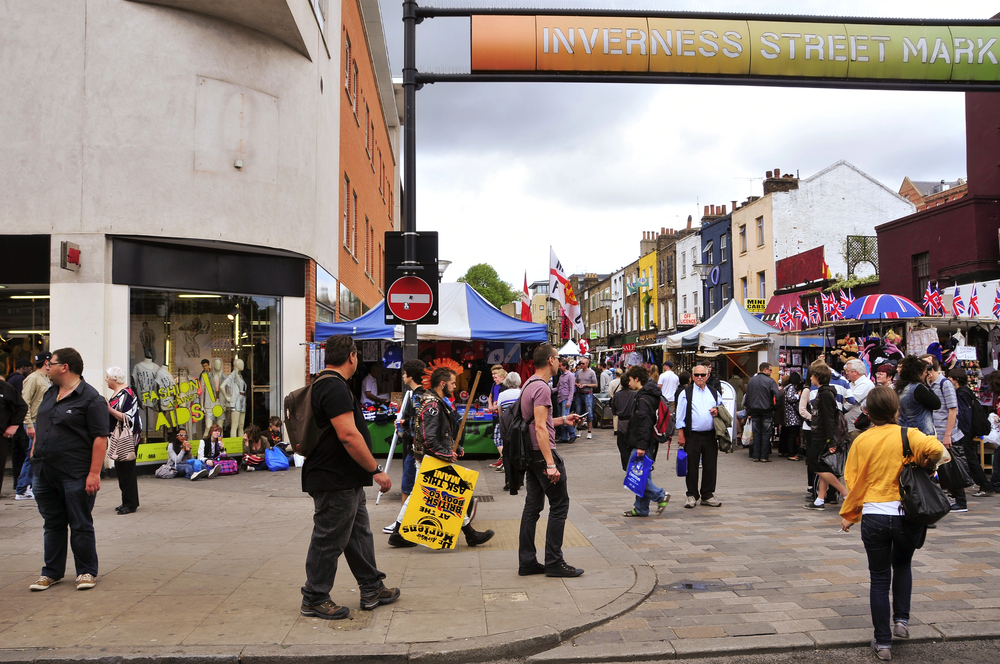
Buckingham Palace and Big Ben are magnets for tourists, but Camden Markets throb with London’s creative heartbeat. This vast array of stalls offers everything from second-hand clothes to international street food in an environment that is a fusion of punk, goth, and international styles.
The riverside setting adds charm with its brightly painted narrowboats and waterside pubs where locals meet, regardless of the notoriously changeable British weather.
Like Travel Pug’s content? Follow us on MSN.
Montmartre in Paris, France

The Eiffel Tower may be famous, but Montmartre embodies the artistic passion that put Paris on the map. This hilltop district was inhabited by artists such as Picasso and Van Gogh, and continues to retain its bohemian vibe.
Tiny wine bars hidden on cobblestone streets offer generous servings with simple yet sublime French fare for half the cost of those pricey restaurants along the Seine.
The Gion District in Kyoto, Japan

Travelers tend to focus on the famous gold pavilion, yet Kyoto’s historic Gion quarter provides a stronger sense of traditional Japanese heritage. These well-preserved streets with wooden machiya houses are home to centuries-old tea ceremonies.
Evening strolls may provide glimpses of geiko (Kyoto geisha) scurrying between engagements as lanterns light the darkening horizon.
Palermo in Buenos Aires, Argentina
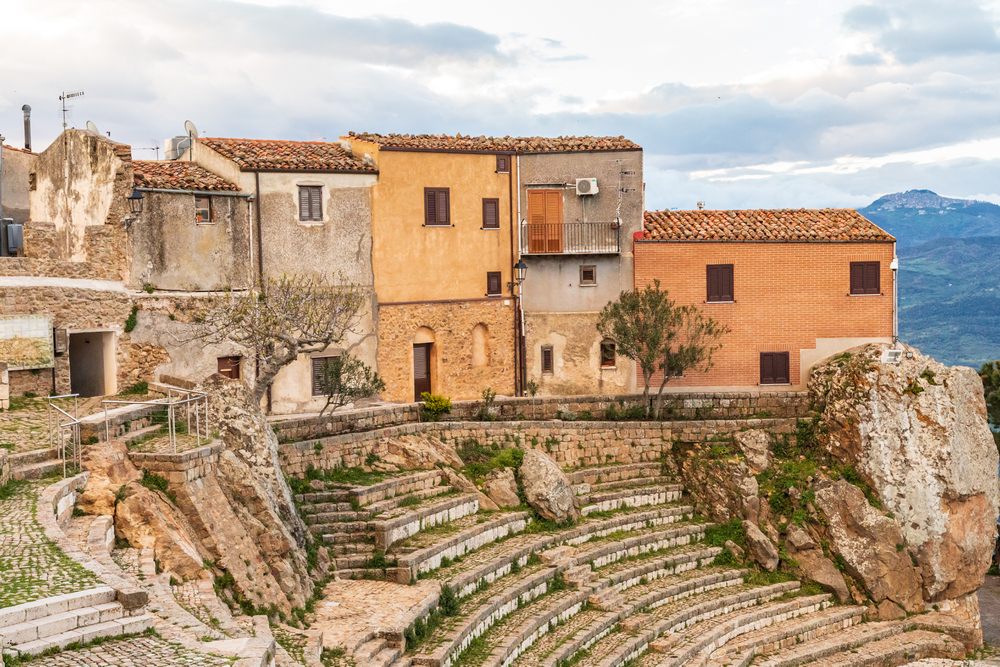
The vibrant La Boca district attracts camera-wielding tourists, yet Palermo indicates how the porteños, the locals from Buenos Aires, live. It is a rambling district mixing high-end fashion boutiques and warehouse buildings blanketed in street art that is transformed into street galleries.
At night, around midnight, steakhouses pack in locals who do not even consider dinner past 10 PM, then boogie until daylight in clubs set behind unmarked doors.
Like Travel Pug’s content? Follow us on MSN.
Jordaan in Amsterdam, Netherlands

The Red Light District and major museums draw tourists, but Amsterdam’s Jordaan district embodies the city’s laid-back charm. Once a working-class neighborhood, its narrow lanes now host cozy brown cafés (traditional Dutch pubs) where locals gather over craft beers.
The area’s small canals, crossed by flower-covered bridges, create perfect photo opportunities without the crowds found at more famous spots.
Shimokitazawa in Tokyo, Japan

While Shibuya’s famous crossing gets all the attention, Shimokitazawa reveals Tokyo’s more relaxed, creative side. This pedestrian-friendly neighborhood houses vintage clothing stores, independent record shops, and tiny theaters showcasing experimental performances.
Despite being just minutes from downtown Tokyo, the area maintains a village-like atmosphere, with narrow streets too small for cars creating a peaceful urban oasis.
Testaccio in Rome, Italy

The Colosseum attracts thousands of visitors daily, but Rome’s Testaccio neighborhood shows how Romans have eaten and lived for generations. Built around a former slaughterhouse, the area embraces its working-class roots, with market stalls selling offal dishes that have been local specialties for centuries.
The neighborhood’s authentic trattorias serve carbonara and amatriciana better than tourist-trap versions.
Like Travel Pug’s content? Follow us on MSN.
Wynwood in Miami, USA

While South Beach’s art deco hotels catch the eye, Wynwood represents Miami’s evolution into a contemporary arts destination. This former warehouse district now houses massive street art murals that transform entire city blocks into open-air galleries.
Small-batch coffee roasters and craft breweries have followed the artists, creating spaces where visitors can appreciate creativity without the pretension in traditional museums.
Belleville in Paris, France

Notre Dame Cathedral draws lines around the block, but Belleville offers a glimpse into multicultural, working-class Paris rarely seen in movies. In this hillside neighborhood, Chinese grocers operate alongside North African spice shops and traditional French bakeries.
The area’s elevated parks provide sweeping city views that rival those from Sacré-Cœur but with locals enjoying picnics rather than dodging souvenir vendors.
Bandra in Mumbai, India

The Gateway of India monument features on postcards, but Mumbai’s Bandra neighborhood shows the city’s cosmopolitan daily life. This seaside suburb blends Portuguese colonial architecture with trendy boutiques and traditional street food vendors.
The area’s relaxed atmosphere contrasts with downtown’s intensity, with seafront promenades where families stroll in the evening, cooled by breezes from the Arabian Sea.
Like Travel Pug’s content? Follow us on MSN.
Kreuzberg in Berlin, Germany
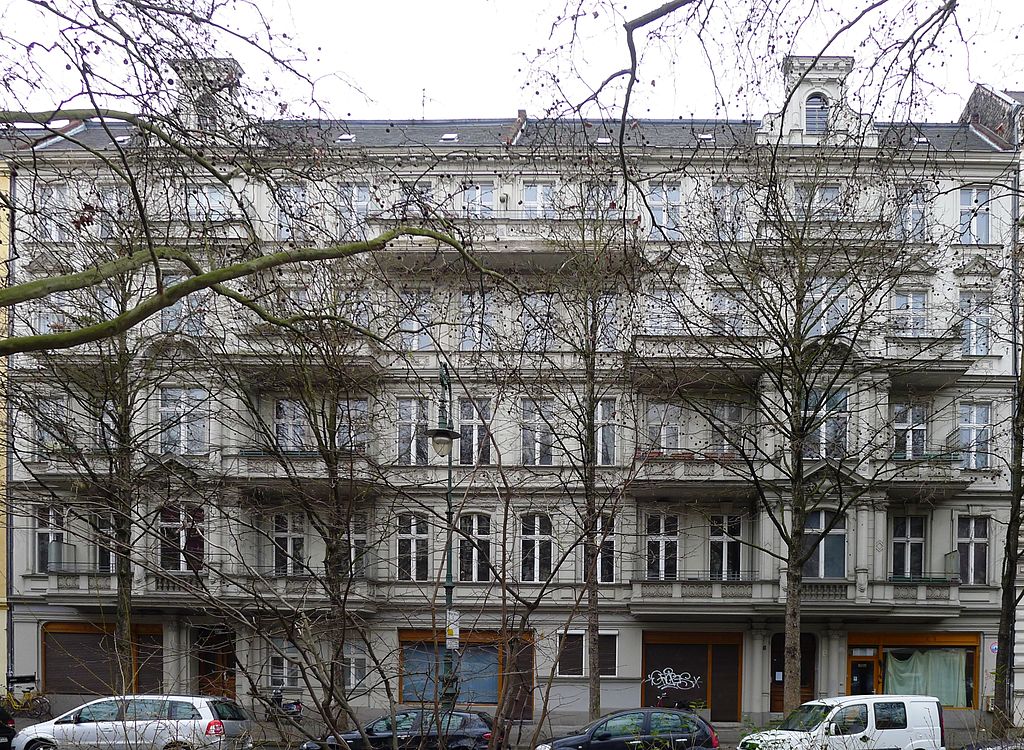
Brandenburg Gate tops tourist itineraries, but Berlin’s Kreuzberg embodies the city’s alternative spirit. This neighborhood transformed from a neglected area near the Berlin Wall into a hub for artists, activists, and entrepreneurs.
Turkish markets operate alongside third-wave coffee shops in an area where street art serves as political commentary rather than mere decoration.
Pilsen in Chicago, USA

While downtown’s Cloud Gate sculpture (the Bean) attracts crowds, Chicago’s Pilsen neighborhood showcases the city’s immigrant heritage and artistic future. Colorful murals depicting Mexican culture line streets where family-owned taquerias serve regional specialties rarely found in tourist areas.
Former industrial buildings now house art galleries and performance spaces where emerging artists showcase work that reflects the community’s evolving identity.
El Raval in Barcelona, Spain

La Sagrada Familia draws lines that stretch around blocks, but Barcelona’s El Raval district pulses with the city’s contemporary energy. Once notorious, this diverse neighborhood now houses cultural institutions alongside halal butchers and vintage boutiques.
The narrow medieval streets open into squares where locals gather for evening drinks, creating a vibrant atmosphere that feels worlds away from the tour groups on Las Ramblas.
Like Travel Pug’s content? Follow us on MSN.
Fitzroy in Melbourne, Australia
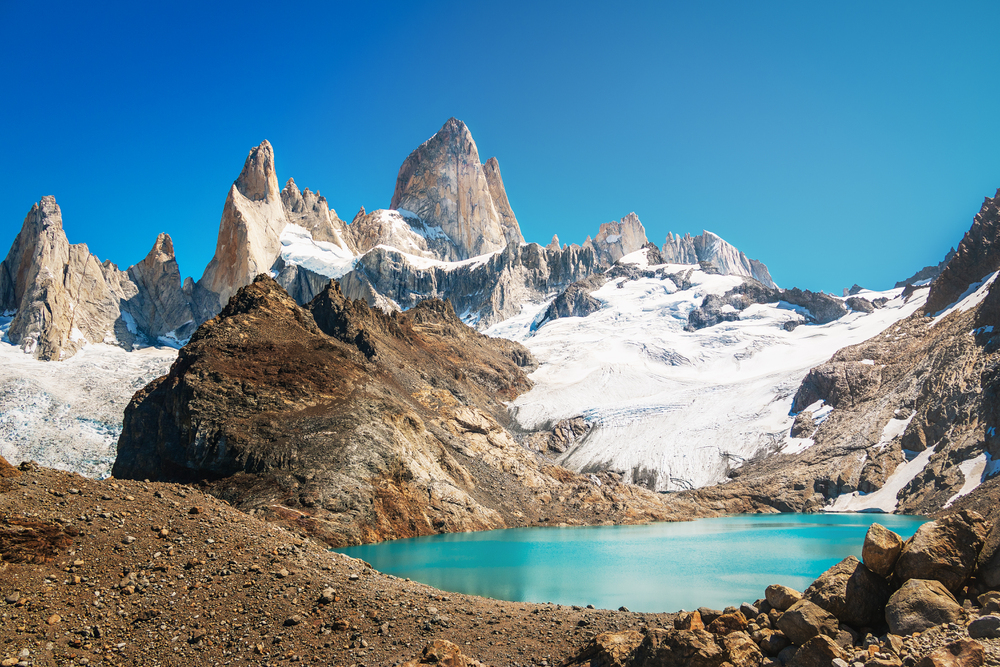
Federation Square and the central business district appear in travel brochures, but Melbourne’s Fitzroy neighborhood better represents the city’s creative reputation. Victorian-era buildings house specialty bookstores, vinyl record shops, and cafés where baristas elevate coffee-making to an art form.
The area’s street art ranges from politically charged pieces to whimsical characters that appear in unexpected corners.
Beyoğlu in Istanbul, Turkey
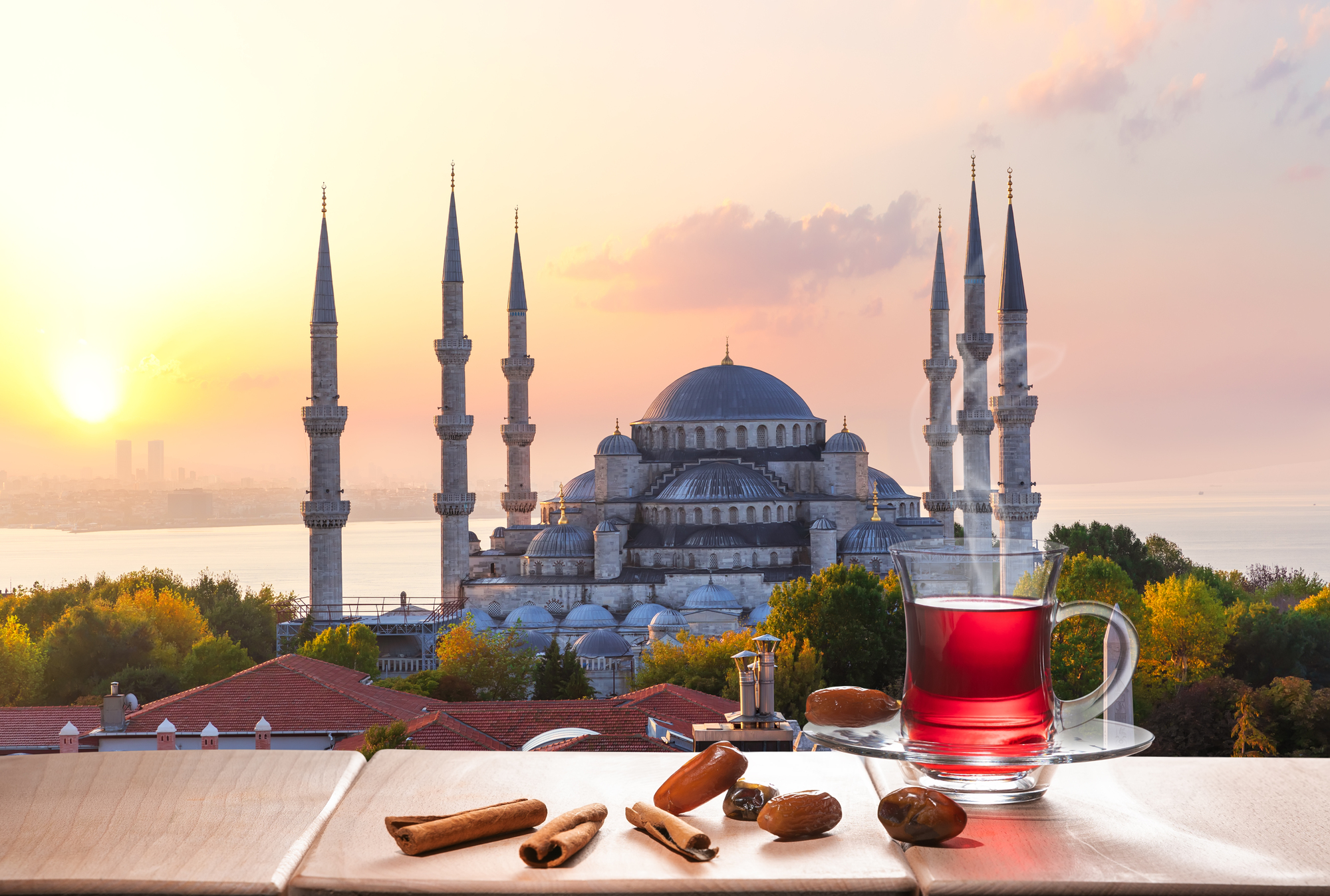
The Blue Mosque and Hagia Sophia dominate tourist itineraries, but Istanbul’s Beyoğlu district shows the city’s evolution over centuries. Elegant 19th-century apartment buildings line streets where contemporary art galleries operate alongside centuries-old hamams (Turkish baths).
The neighborhood’s fish markets and meyhanes (traditional taverns) serve fresh-caught seafood and meze platters that change with the seasons.
Maboneng in Johannesburg, South Africa

Safari trips draw international visitors to South Africa, but Johannesburg’s Maboneng district showcases urban African creativity. This revitalized neighborhood transformed abandoned factories into mixed-use spaces housing art studios, independent fashion designers, and restaurants serving modern takes on traditional dishes.
Weekend markets bring together artisans from across the continent, creating a vibrant scene that challenges outdated perceptions of the city.
Like Travel Pug’s content? Follow us on MSN.
Condesa in Mexico City, Mexico
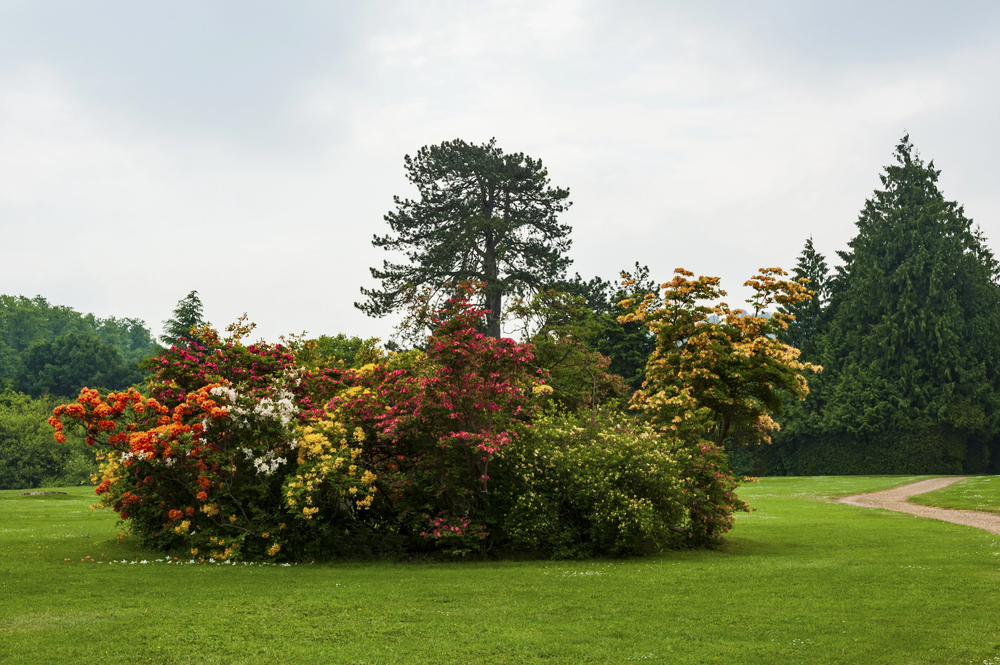
The ancient ruins of Teotihuacan attract day-trippers, but Mexico City’s Condesa neighborhood better represents the capital’s contemporary sophistication. Art deco buildings frame streets lined with jacaranda trees and restaurants where chefs reimagine traditional Mexican cuisine.
The neighborhood’s parks are filled with yoga classes in the morning, and friends share mezcal in the evening, showcasing the outdoor lifestyle that the climate allows.
Tiong Bahru in Singapore
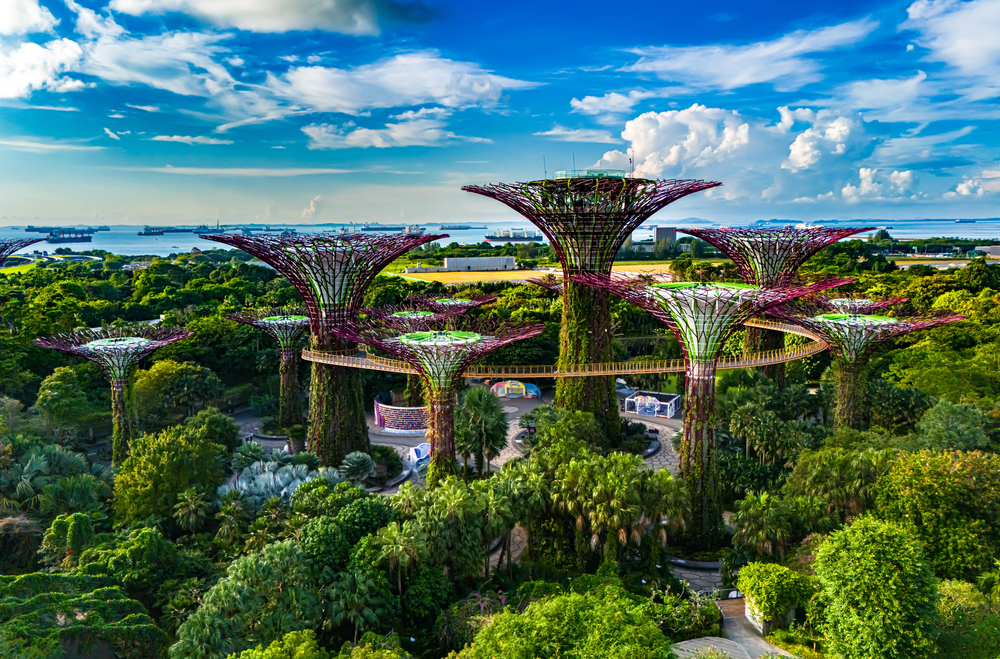
Marina Bay Sands and its famous rooftop pool appear on Instagram feeds worldwide, but Singapore’s Tiong Bahru neighborhood preserves the city’s pre-skyscraper history. Art deco apartment blocks built in the 1930s house traditional kopitiam coffee shops alongside modern bakeries specializing in French-Asian fusion pastries.
The area maintains a village-like atmosphere even as the city reaches ever higher.
Nørrebro in Copenhagen, Denmark
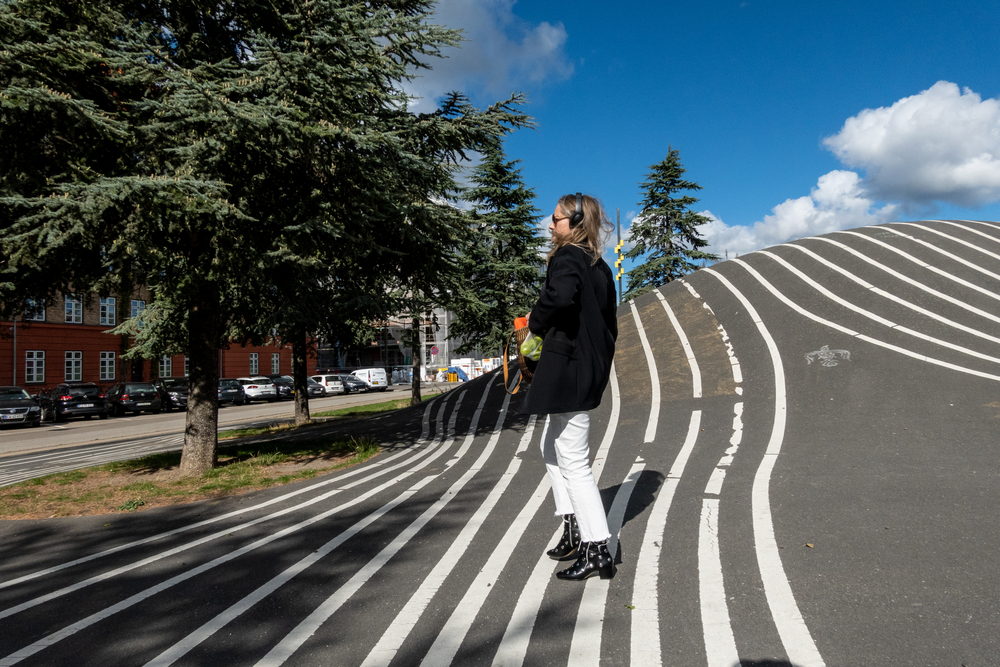
The Little Mermaid statue disappoints many visitors, but Copenhagen’s Nørrebro district delights with its multicultural energy and design-forward approach. This formerly working-class area now houses designer furniture stores, Middle Eastern grocers, and parks created through community activism.
The neighborhood embodies Danish concepts of hygge (coziness) and social equality without the tourism markup found in the city center.
Like Travel Pug’s content? Follow us on MSN.
Finding the Real City

Truly memorable travel experiences rarely happen at crowded landmarks but in neighborhoods where everyday life unfolds. These twenty alternatives offer more authentic connections to what makes each city special—the food, creativity, and community beyond the postcard views.
The next time you visit a famous destination, consider spending at least a day exploring where locals live, eat, and gather. Your most vivid memories might just come from places that never make it into the guidebooks.
More from Travel Pug

- Cities Growing so Fast You Won’t Recognize Them in 10 Years
- 13 Destinations Where Tourists Regularly Regret Their Trip
- 20 Obscure WWII Sites Even History Buffs Don’t Know About
- 10 Under-the-Radar Mountain Towns That Are Both Affordable and Beautiful
- Remote Villages in Europe Where You Can Live for Free in Exchange for Work
Like Travel Pug’s content? Follow us on MSN.
